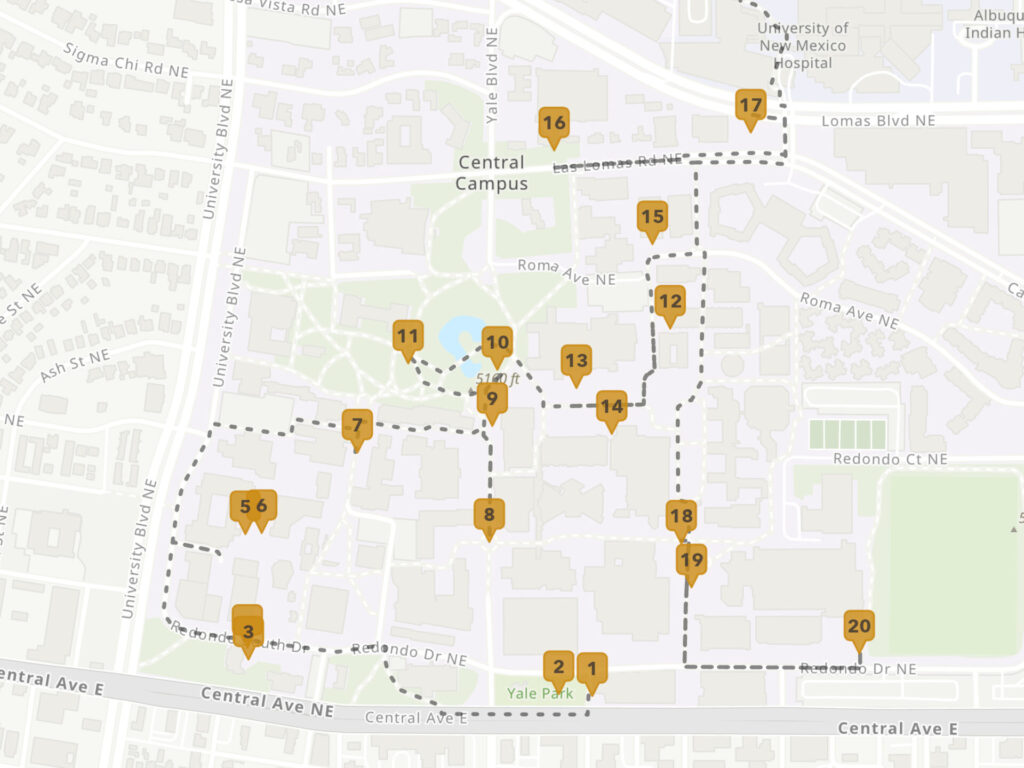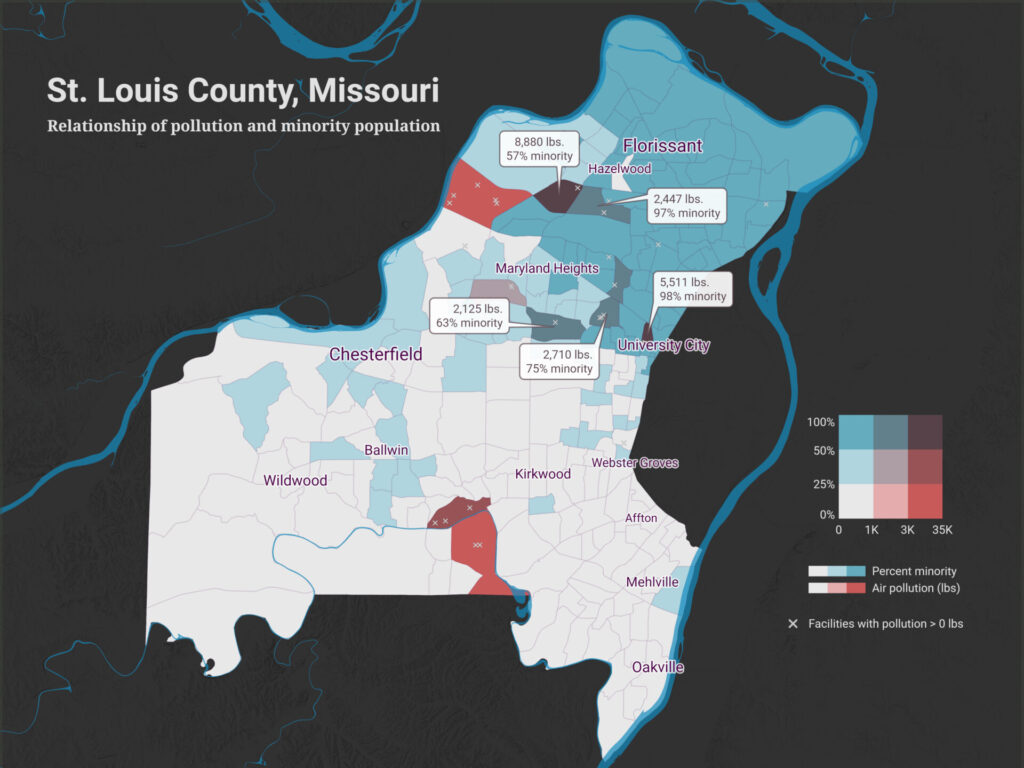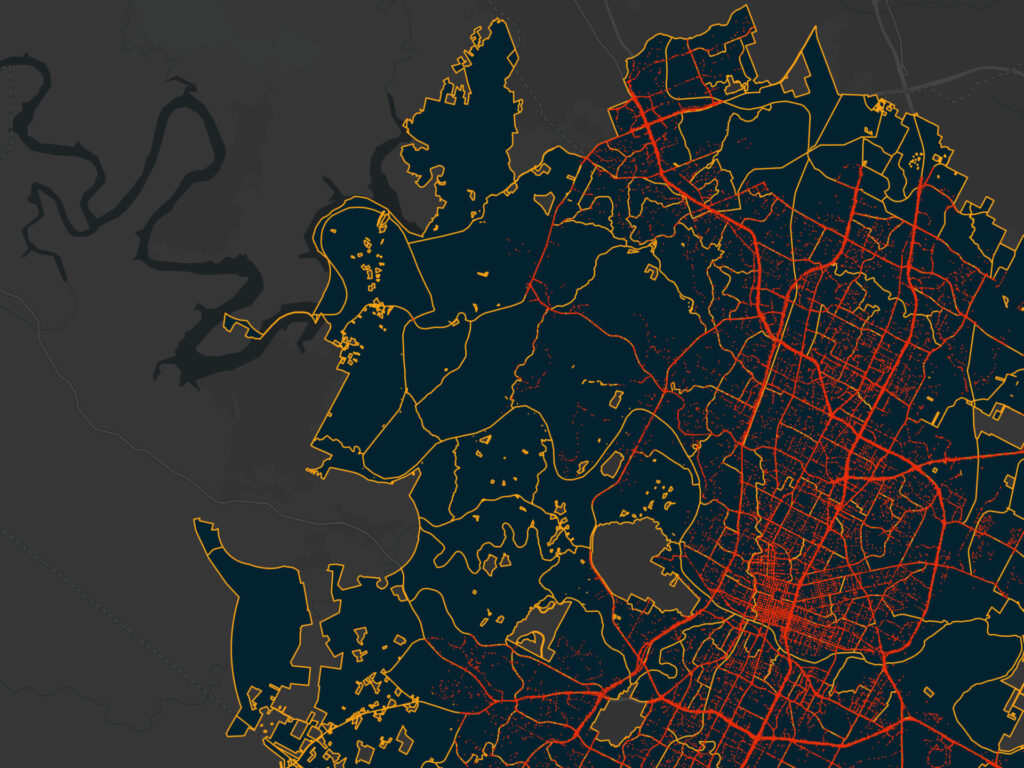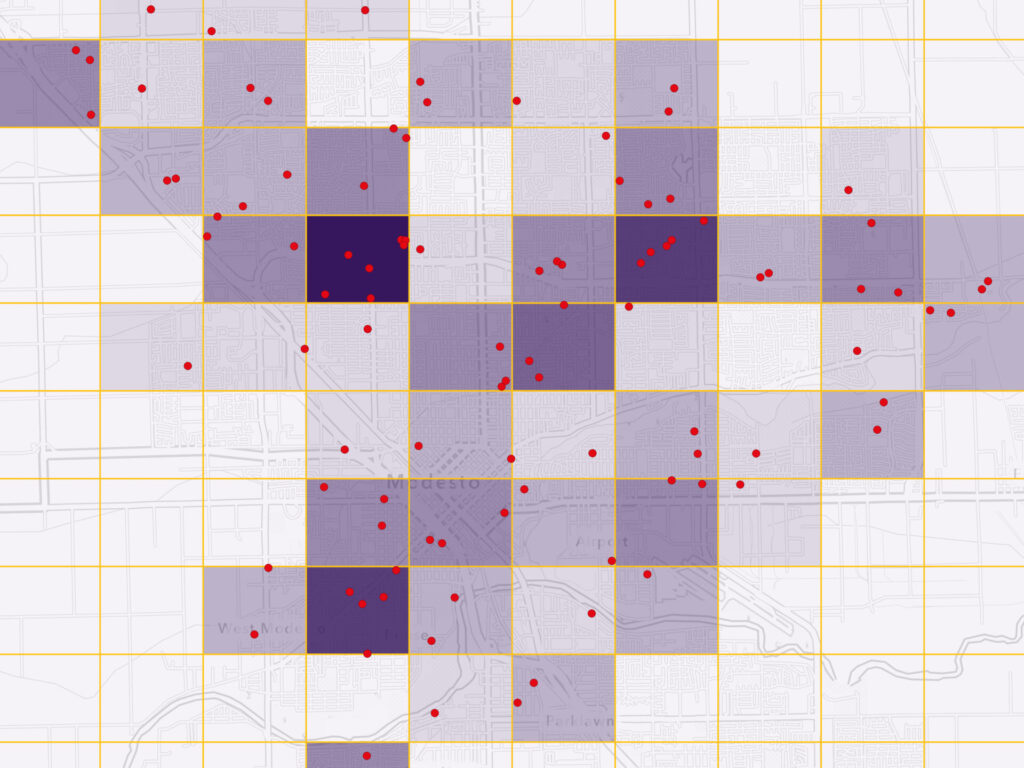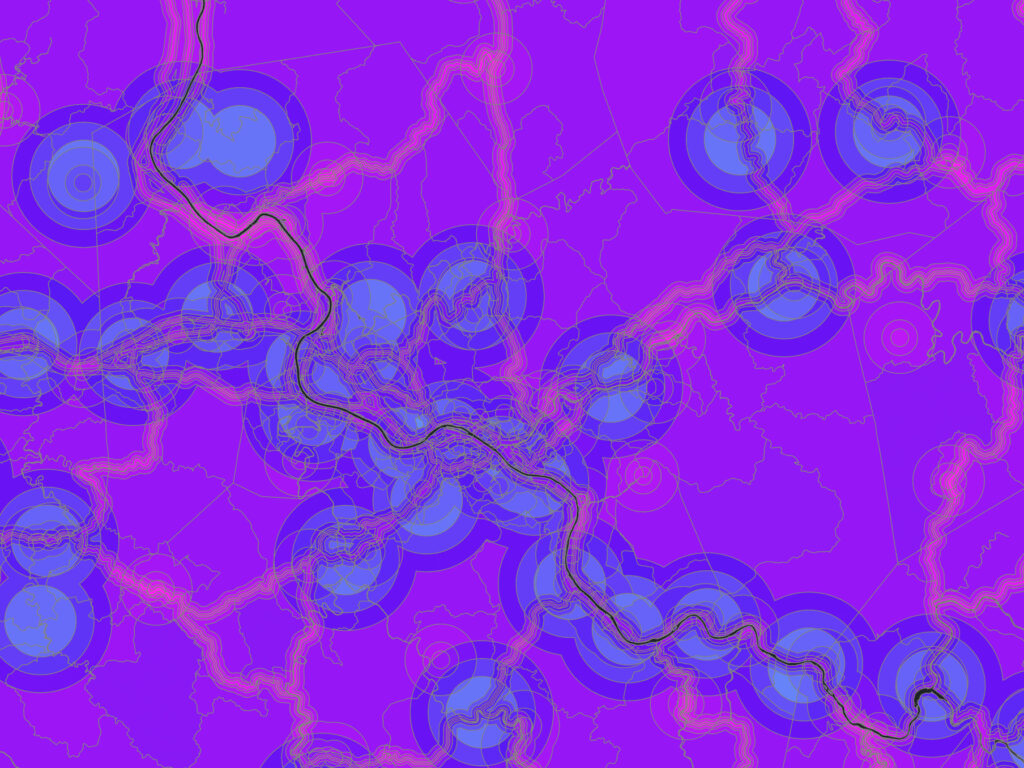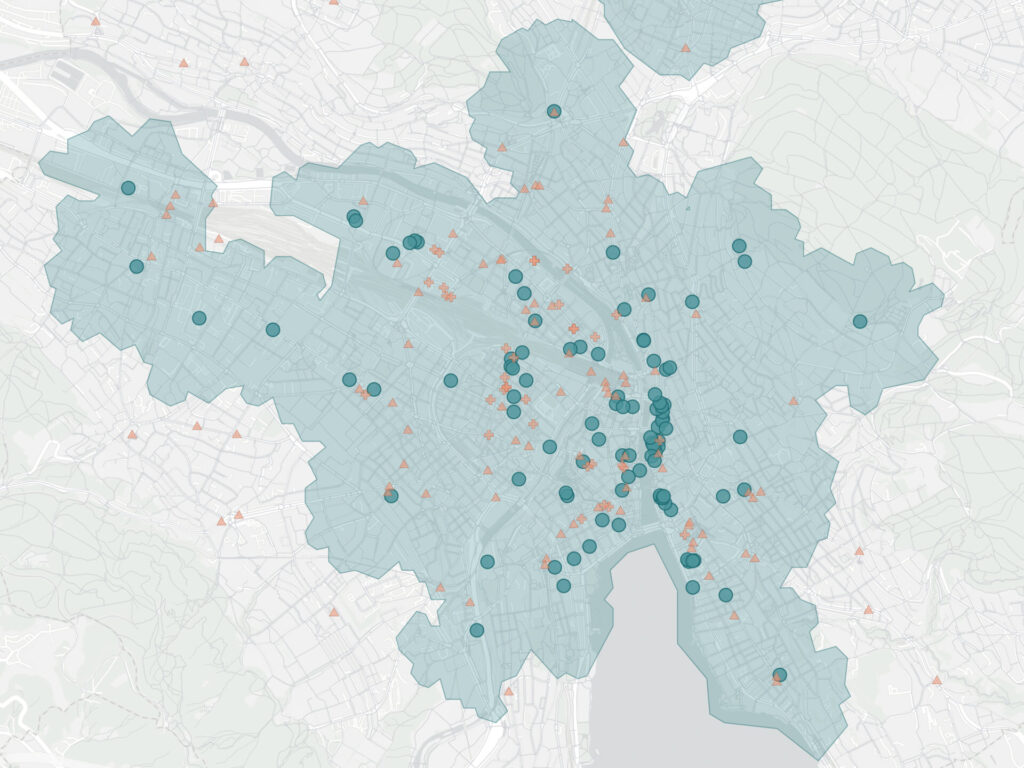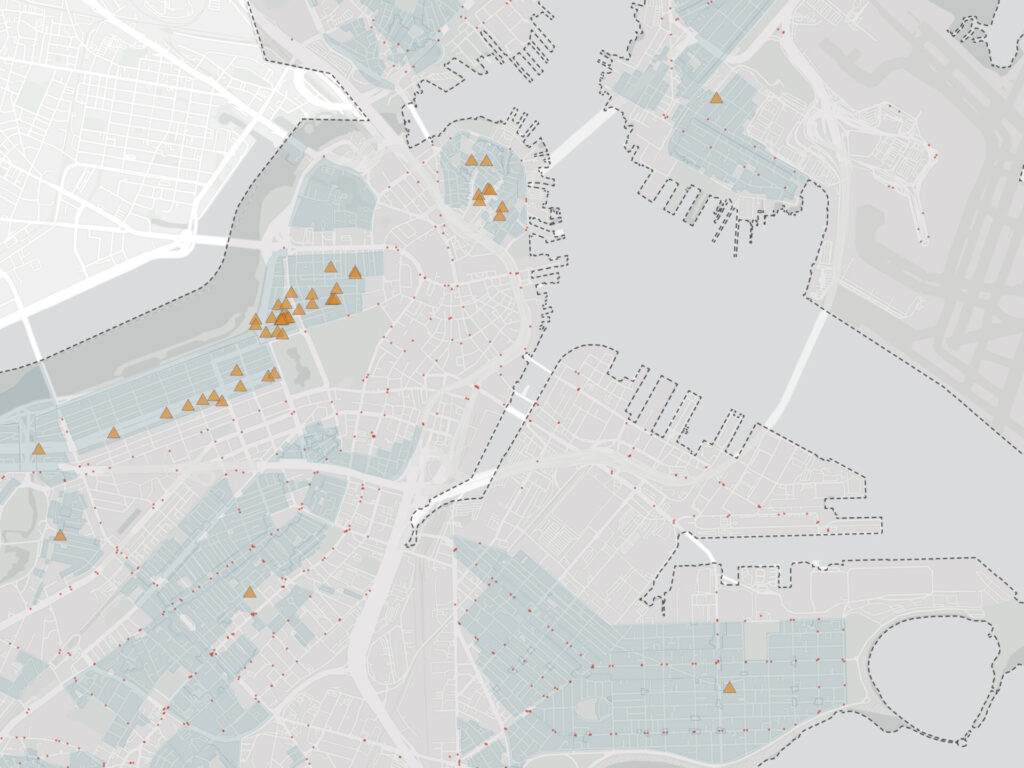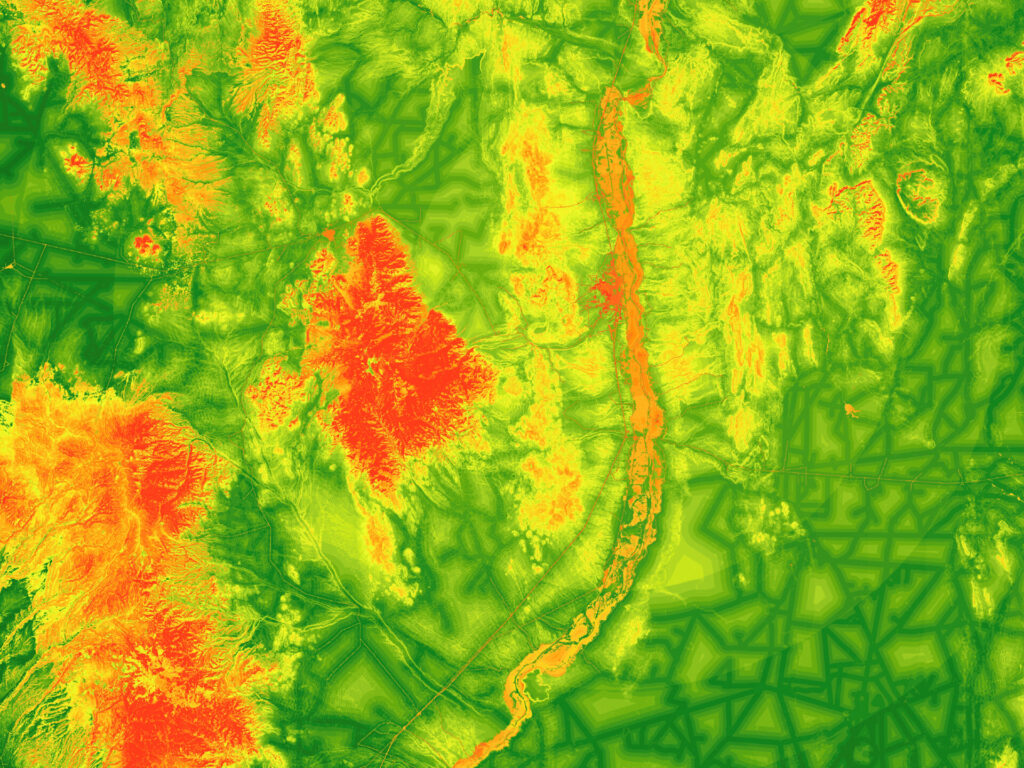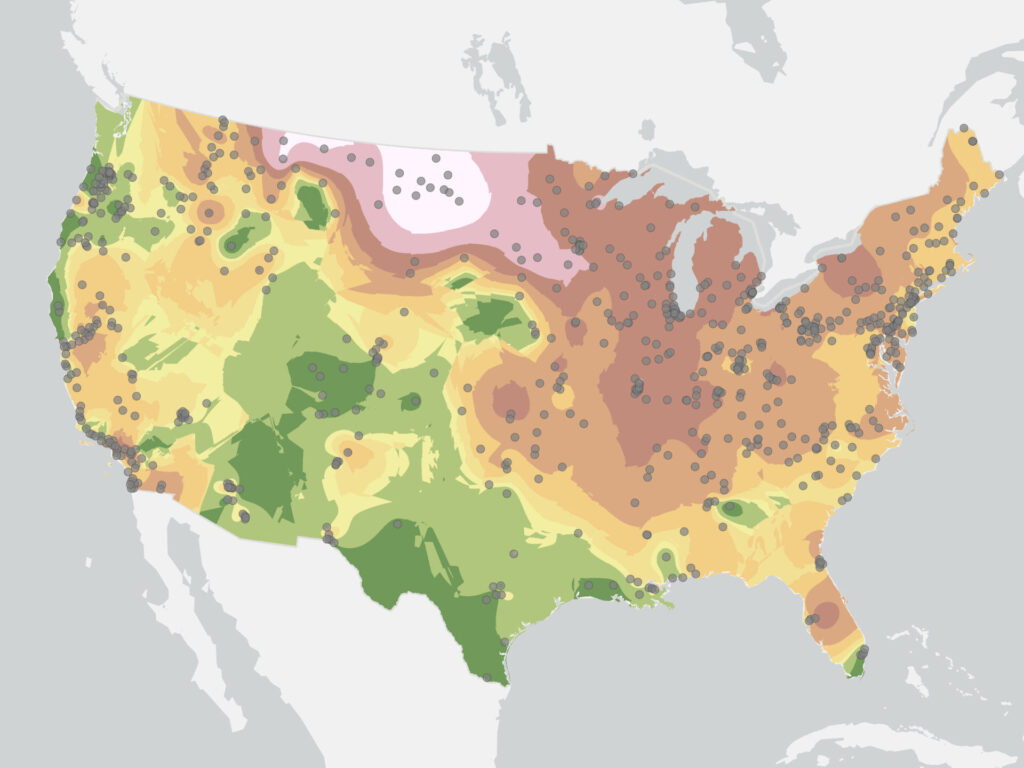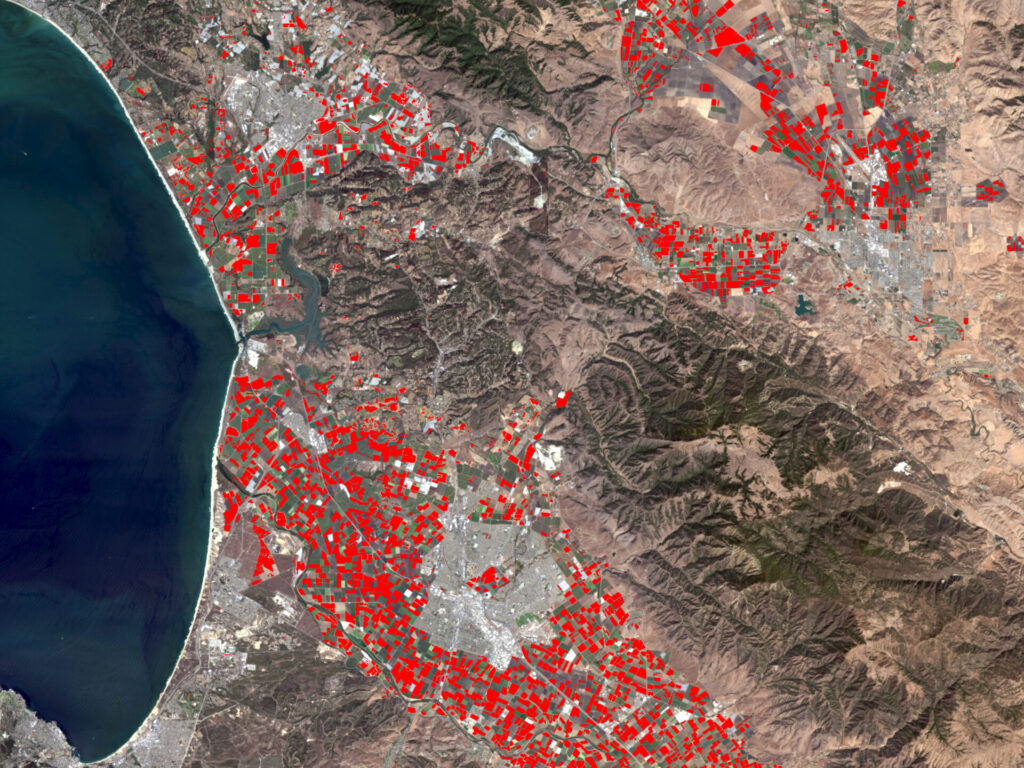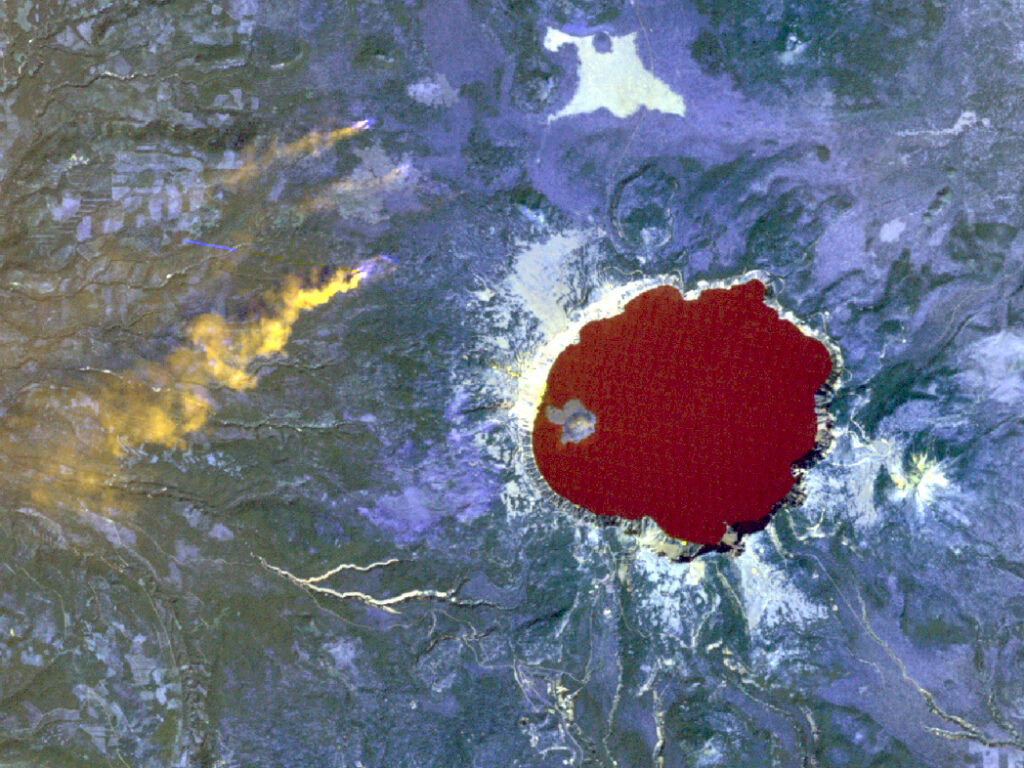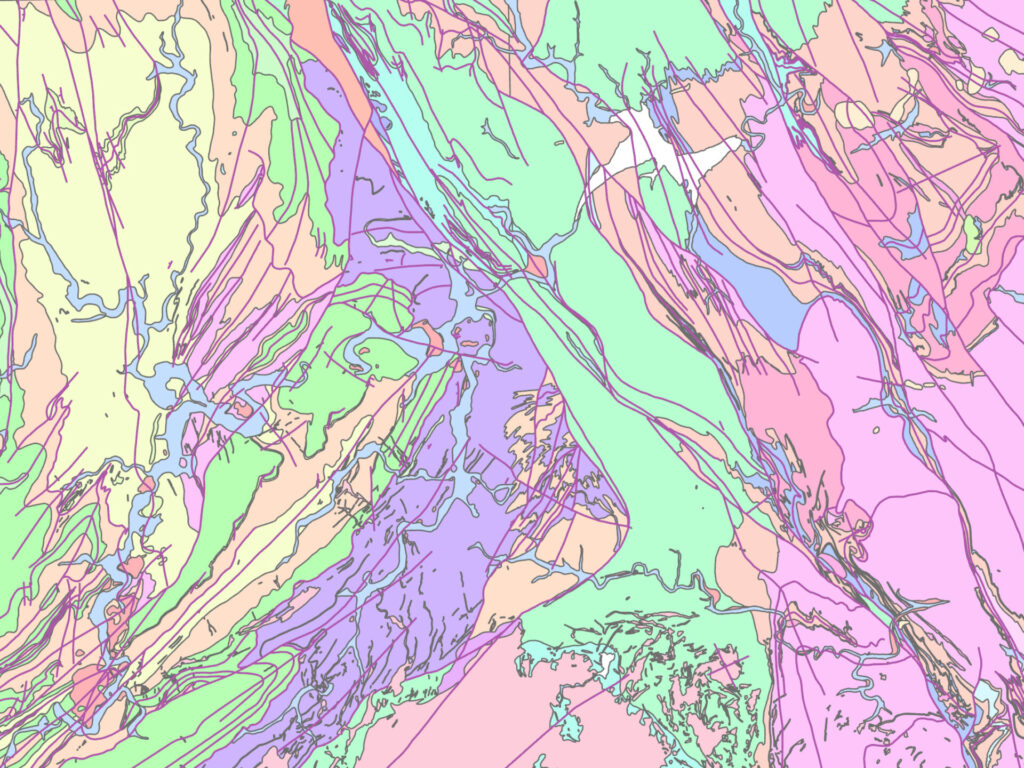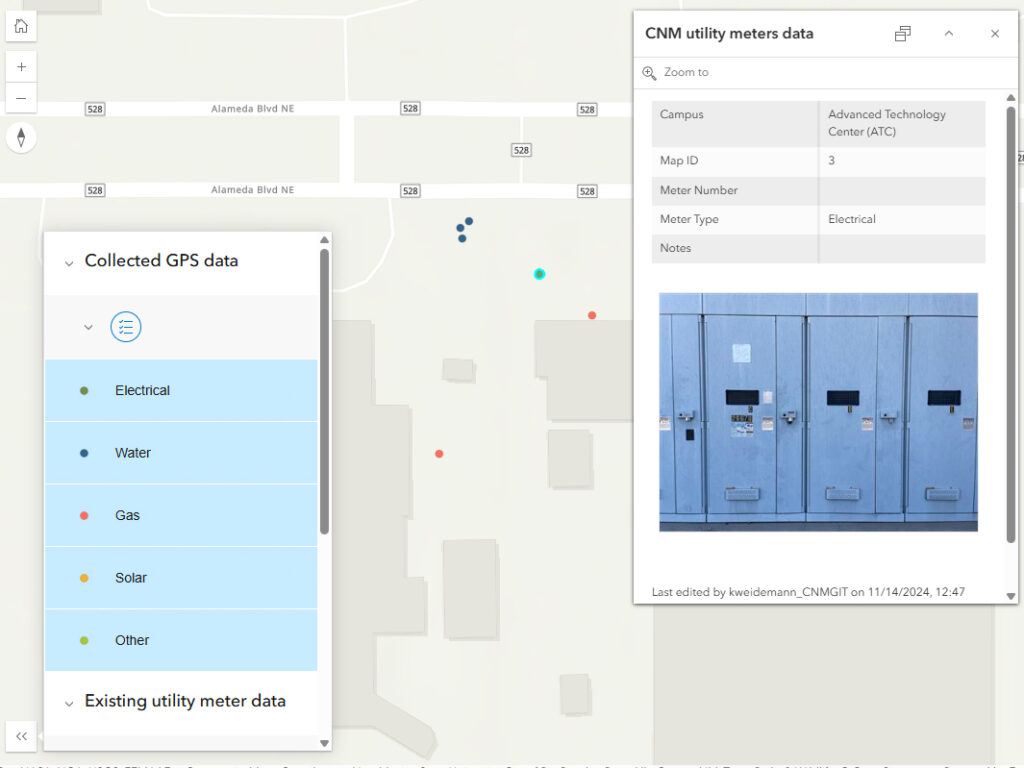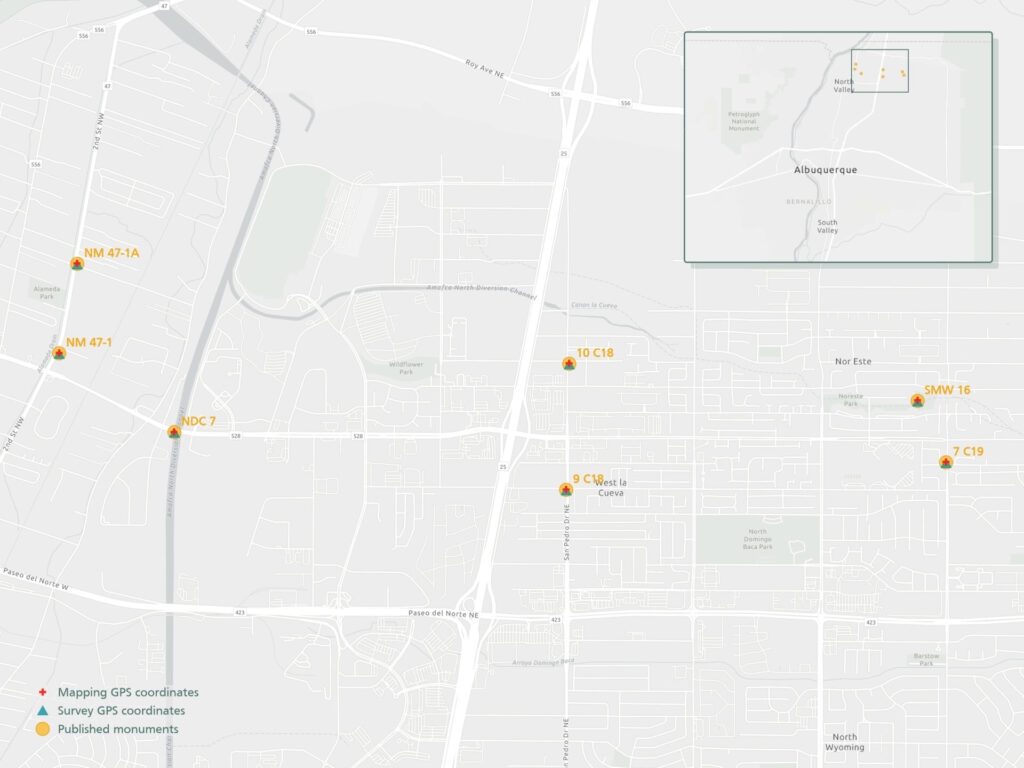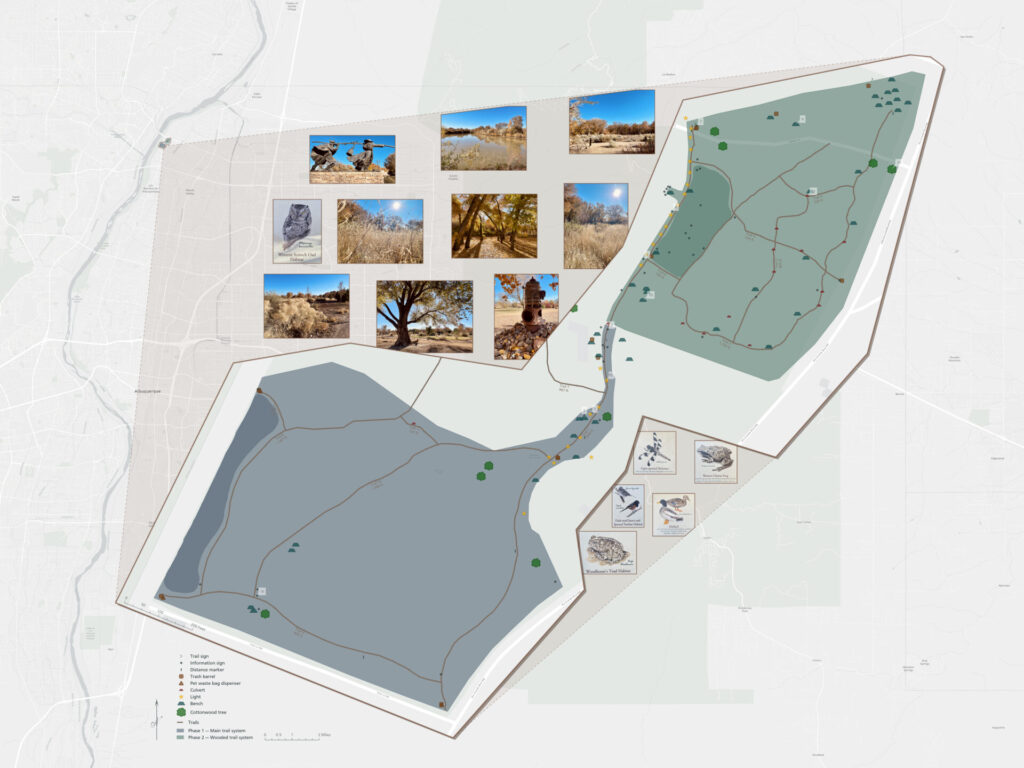Store, organize, and process geographic information to ensure accurate, accessible, and usable data. Spatial data management integrates GIS technologies, databases, and analytical methods to support mapping, analysis, and decision-making in various fields.
- Outdoor public art at UNM
- Air pollution and minority population in St. Louis County
- Spatial regression of traffic crashes in Austin
- Point pattern analysis of residential fires in Modesto
- Siting mobile library stops in rural West Virginia
- Zurich pedestrian accessibility
- Historic sites and urban accessibility in Boston
- Siting a raptor rehabilitation center in central New Mexico
- Interpolation of fine particulate matter across the U.S.
- Glenn County NDVI trend and crop classification
- Castroville land use change
- Crater Lake vegetation and geology
- Mount Rushmore geological structures
- CNM utility meters
- Mapping vs. survey grade GPS receivers
- Bachechi Open Space trails and features
